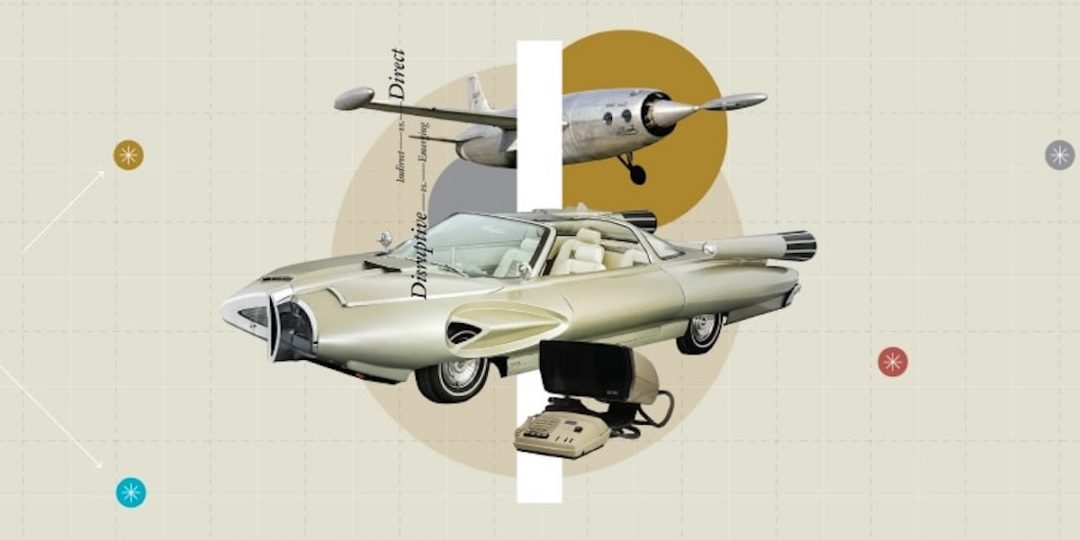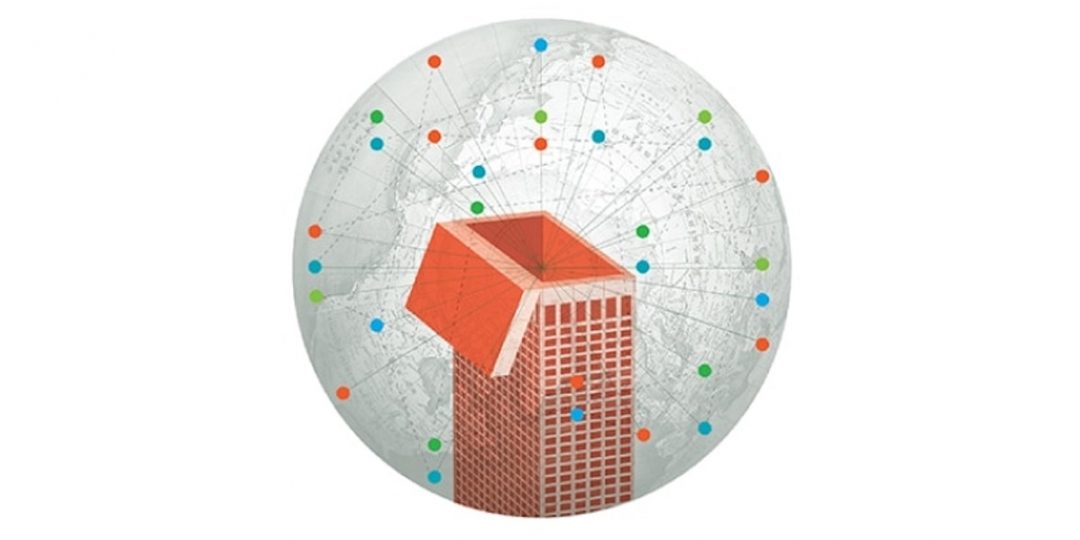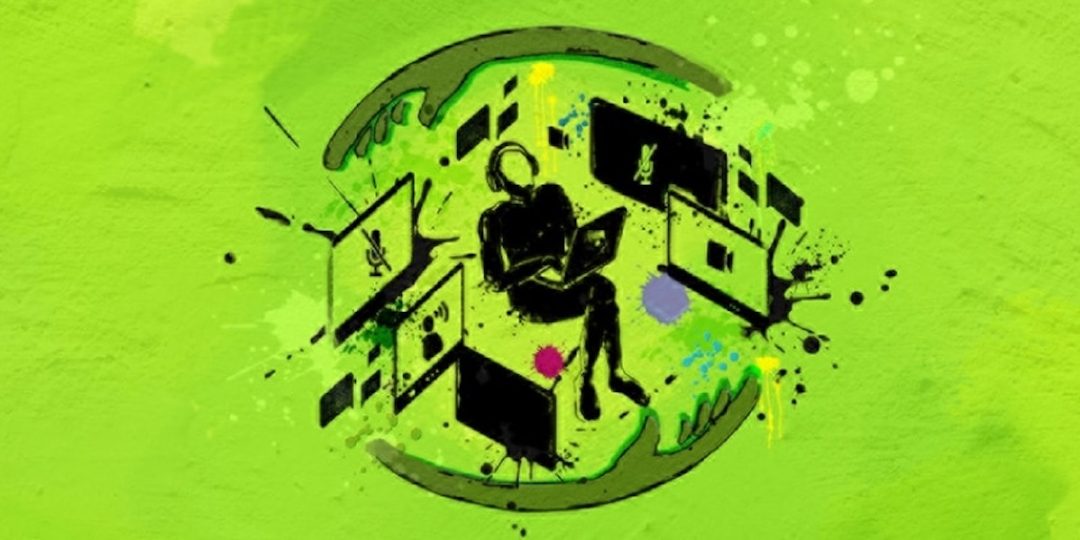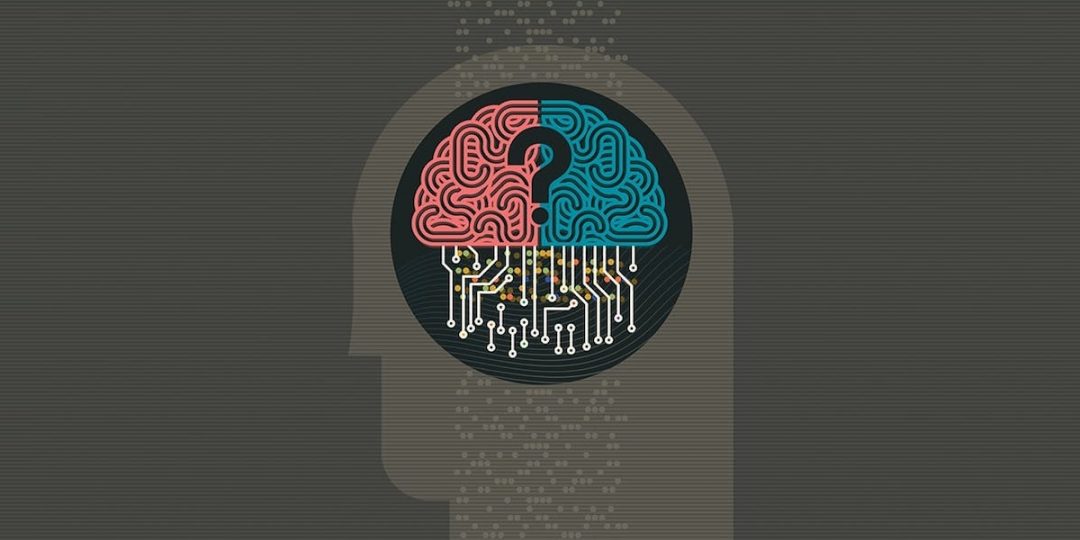We have a new essay published by Deloitte Insights, Negotiating the digital-ready-organisation, a collaboration with Alex Bennett at NTT. This builds on our previous work on the transition to working digitally, Reconstructing the workplace, by trying to imagine what this future workplace might look like.
Continue readingAuthor: peg
The real landscape of technology-enabled opportunity
We have a new essay published by Deloitte Insights, The real landscape of technology-enabled opportunity, where we look at how technology disrupts markets and society, creating opportunity.
Continue readingSetting the stage for creative performance
We have a new essay published by Deloitte Insights, Setting the stage for creative performance.> This essay is the follow-on to Unshackling the creative business from a couple of months ago.
Continue readingReconstructing the workplace
We have a new essay published on Deloitte Insights, Reconstructing the workplace: The digital-ready organisation. The essay follows on from The digital-ready workplace from last month. (We do seem to be publishing at a surprising rate at the moment.)
Continue readingWhat skills gap?
A lot of angst has been devoted to discussing the skills gap—the large and growing gap between the skills workers hold and those sought by employers. Reports have been written quantifying the skills gap, how it’s a drag on the economy, or estimating just how much the economy might boom if we manage to close it. One estimate has closing the gap as adding US$11.5 trillion to global GDP by 2028.
Think pieces and TED talks promote “the skills you need”. Training schemes and education incentives have been implemented to reskill workers, providing them with new skills, skills more relevant to a digital age. Despite these efforts, the skills gap continues to grow. It’s now ‘catastrophic’, a ‘critical issue’ for educators, employers and government.
The problem is that the more we’re looked into the skills gap, the less we’re convinced that it’s a problem. This isn’t to say that there aren’t challenges we must overcome as we sail into our digital future—it’s just that the skills gap doesn’t seem to be one of them.
Continue readingThe digital-ready workplace
We have a new essay published in Deloitte Insights, The digital-ready workplace: Supercharging digital teams in the future of work, a collaboration with Rosemary Stockdale from Griffith Business School and Tim Patston from UniSA STEM at the University of South Australia.
Most (if not all) research groups have done a survey on the affect working from home has had—this is ours, though it’s ended up in a different place. We start by trying to understand the relative merits of a push or pull approach to support workers during the transition, where push is the usual “give them the tools and training we think they’ll need” while pull is empower and support workers in finding their own tools. Generally, a push approach works well when the challenge is understood beforehand, while a pull approach is better when the challenge is not well understood as it enables workers to adapt. We’d heard anecdotal stories that firms had taken different approaches, and we were wondering how the relative benefits and problems stacked up. What we discovered, once the data started coming in, was that we were asking the wrong question.
Continue readingThe digital economy
A few weeks ago I had the pleasure of being on the panel for Blockchain and the Digital Economy at ADC’s Leadership Forum. The session outline led with three questions:
- How has 2020 accelerated the acceptance of the digital economy?
- Is blockchain fulfilling its promise as the new universal disruptor?
- How real is the role of cryptocurrencies as the new universal store of value?
It’s a large topic and an important one, as if we’re to address challenges such as growing inequality then we need to find a way to make the economy work for all of us, rather than just some of us.
Unfortunately, as too often happens, adding blockchain to a topic results in blockchain dominating the discussion with other interesting ideas ignored. Blockchain is quickly positioned as the solution and all other ways of framing (and understanding) the problems we face are ignored. This panel was no different in this regard.
Some of the ideas that would have been relevant in a broader discussion are things that I’ve been exploring for a while. Before the panel I’d pulled together an outline of the argument as to why our future is not “the digital economy”, but something much more interesting, and which creates more opportunity and freedom to act in addressing the challenges we’re facing. Rather than let a good outline go to waste I thought I’d build it out a little and publish it here.
Continue readingUnshackling the creative business
We have a new essay published in Deloitte Insights, Unshackling the creative business: Breaking the tradeoff between creativity and efficiency. Creativity is seen as an import capability for an organisation to be successful in today’s volatile, uncertain, complex and ambiguous (VUCA) world. Significant effort has been invested in fostering creativity in business, effort which sadly is often wasted. This essay looks at why this might be the case and what we can do about it.
Continue readingThe transition to working from home
Centre for the Edge is collaborating with Griffith University and Geelong Grammar School to try and understand why some organisations made a successful transition to working from home at the start of the pandemic, and why others were not so successful. What was more influential:
- to be prepared by ensuring that workers and teams have a suitable suite of digital tools and training, or
- to empower workers and teams to find and adapt digital tools to their changing needs, pulling in tools and training as needed.
The work will be based on a survey that the Deloitte Dtermine team have kindly put together. It would be greatly appreciated if you could complete the survey, and share the link with contacts both in or outside Deloitte. The survey is public and anyone is welcome to submit a response. The more responses the better!
We’d greatly appreciate it if you would complete the survey, and recommend it to your friends and colleagues.
The report presenting the results is scheduled for publication early 2021 via Deloitte Insights. There will be a virtual launch event which we’ll announce on the mailing list.
Continue readingA moral license for AI
We have a new essay published in Deloitte Insights, A moral license for AI: Ethics as a dialogue between firms and communities. This collaboration with CSIRO’s Data61 looks into the challenge of creating ethical AI, picking apart the problems and proposing a way forward. There’s a launch event on the 2nd of September, 2020, which you can register for via Zoom.
Continue reading






